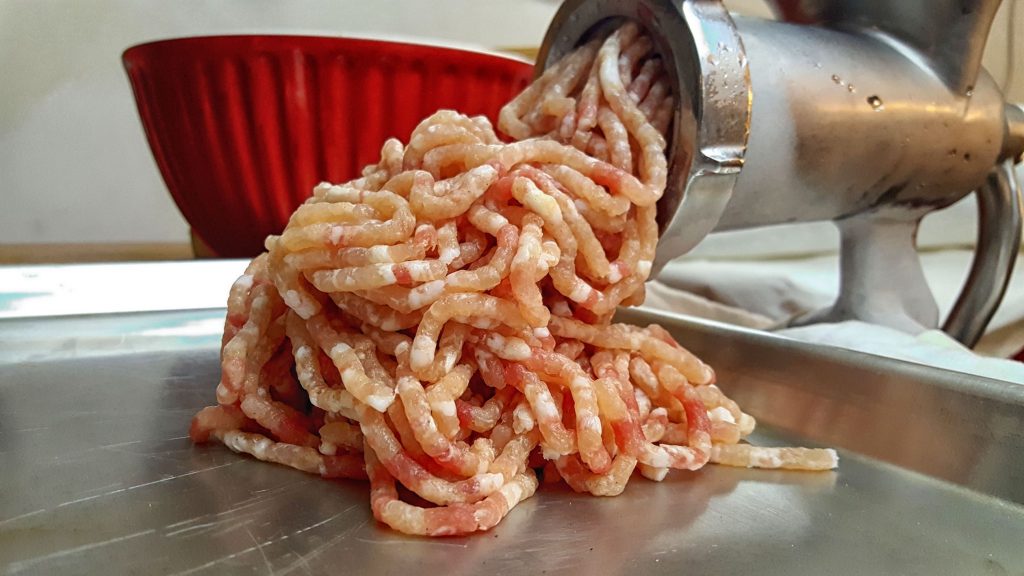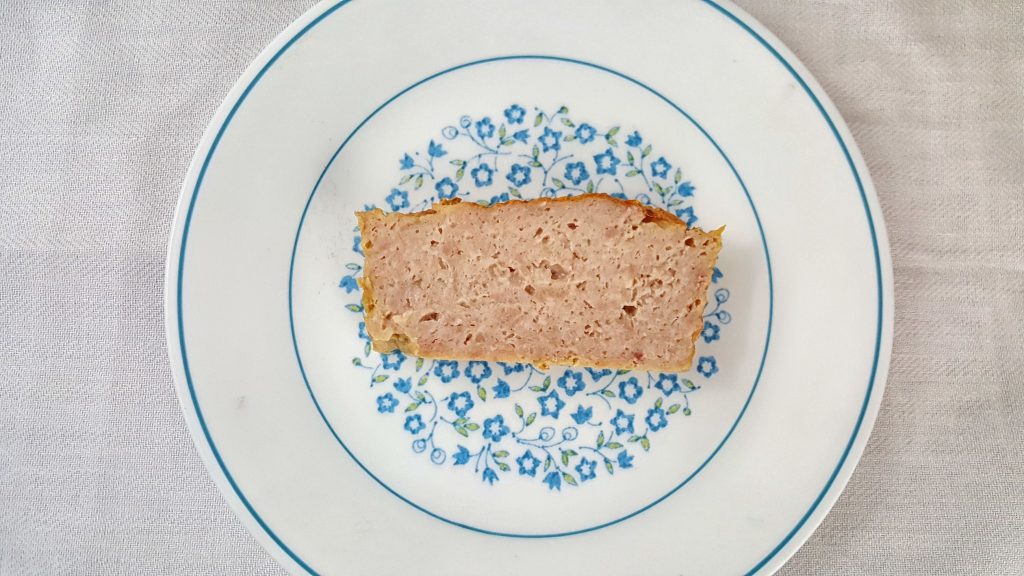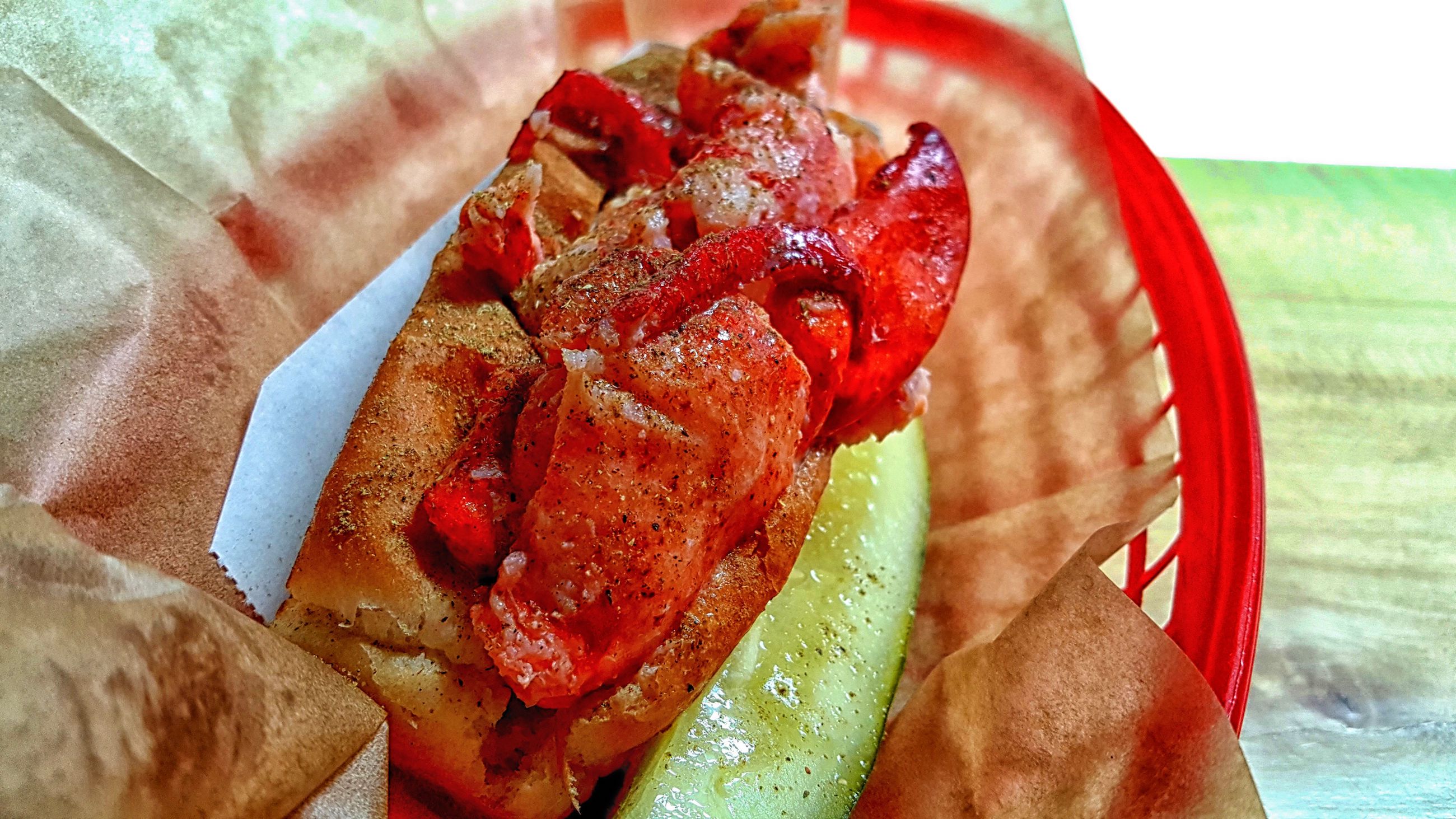Leberkäse on Kaiser
Back in the mid-1990s, I lived just off the intersection of Western and Lawrence in Chicago, near the heart of a neighborhood called Lincoln Square. The anchor of that neighborhood is a short, narrow, one-way section of Lincoln Avenue featuring an assortment of shops that was (and is) varied, even for a world-class city like Chicago. A classic old-school toy store, a century-old apothecary, a German restaurant that always had an Oompah band playing (and gave me my first experiences with Leberknödelsuppe, a favorite to this day). Other interesting shops have come and gone, but those always defined the neighborhood for me, along with my favorite, Delicatessen Meyer.
Meyer was a small place with only a couple of narrow aisles, but it was a great place to shop if you wanted to practice your German, or listen to someone else practice theirs. It was also a great place to pick up some Mettwurst, or Weisswurst, some German bread, cheese, or jam, beer or wine, or my usual favorite, a hunk of the Leberkäse they usually had sitting under a heat lamp. Even after I left Chicago and moved back downstate to my hometown, I’d still stop in whenever I visited the city.
Years later, when my family moved back into the neighborhood, Meyer was a shadow of its former self, mere months from closing. Before long, the classic sign disappeared, the building was torn down, and I started buying sausage down the street at Lincoln Quality Meat Market instead. There was still plenty to like about the neighborhood, but I felt let down. Even when the place reopened as Gene’s Sausage Shop (and they kept the Meyer sign! but hung it indoors this time) it was different. Still a great shop, but without the character it had once had.
I no longer live in the neighborhood, but I still head up to Gene’s for a Leberkäse fix from time to time. It would be an easy way to write this post. Not this time, though.
Leberkäse is a roasted loaf of forcemeat. Though the word literally means “liver cheese” there is neither liver nor cheese in it generally, just meat, fat, curing salt, and seasoning. It’s basically bologna shaped like a meatloaf, but a little tastier than that sounds. Many people in Germany make it at home, and there are recipes all over the internet, both in German and English. The basic recipe uses a mixture of lean pork and fatty pork with curing salt and spices (I used nutmeg, white pepper, marjoram, and thyme, working from this recipe in German). First the pork is cut into small pieces, mixed with the seasoning, partially frozen and ground fine.
Then it’s put into a food processor with some shaved ice and whipped until it resembles that pink slime stuff that was all over the internet a few years ago, pressed into a loaf pan and scored with diamond patterns on top, and baked until it’s got a nice brown crust.
- Leberkäse
- Leberkäse
Note that I didn’t get all the little air bubbles out but all in all, it looks very similar to other Leberkäse I’ve had.
However, I must note here, I messed up. I went to my local grocery store, one with a fairly decent butcher department, and asked for pork belly. The only pork belly they had was in the form of 1lb packages of salt pork. Salt pork makes for a very salty Leberkäse. Seek out a store that sells actual pork belly rather than bacon or salt pork. Eventually I was able to pick up a nice large pork belly with the rind removed at Costco, but a neighborhood butcher or meat market should have what you need.
But on to the sandwich: what to use for the bread? At Christkindlmarket every winter, the stands serve it on a bread roll that’s very much like one of the Gonnella or Turano rolls used for Italian beef sandwiches around here. For all I know, that’s what they are. That may be the Chicago way, but I like to eat it on a Kaiser roll, and as it happens King Arthur flour has a great Kaiser recipe on their site. They even have instructions for making the Kaiser roll the traditional way, where the dough is rolled out into a long tube and knotted up like a pretzel to make that distinctive Kaiser shape, rather than being pressed or cut to look that way. I made a batch of Kaiser rolls using this recipe and technique (hence the wacky off-kilter patterns of my Kaiser rolls–the second batch was a bit better) and they are probably the best bread products I’ve ever made for this site.
- Kaiser rolls
- Kaiser rolls
I usually take my Leberkäse sandwiches fairly plain, with just a little brown German mustard. They’ll often be served with a gherkin on the side and possibly some sauerkraut or German potato salad.
- Leberkäse sandwich with German potato salad, Sauerkraut, Gerkin
- Leberkäse sandwich with German potato salad, Sauerkraut, Gerkin
The Kaiser rolls are spectacular. The Leberkäse is just right too (at least the batch made with fresh pork belly rather than salt pork) The primary flavors (apart from cured pork) are white pepper and nutmeg, but the herbs and ginger add additional background notes. Intrigued by the Käseleberkäse variant mentioned on Wikipedia, I made another batch wherein I suspended cubes of Gruyere cheese. This was my second mistake: the smell of hot Gruyere cheese will drive one’s family from the house. I do love Gruyere though.
- Käseleberkäse
- Käseleberkäse on Kaiser roll
- Käseleberkäse on Kaiser roll
Of course, the problem remains of what to do with all the leftover Leberkäse. A 4×8 loaf of the stuff will take some time to go through. Germans will often fry it in a pan with an egg and eat it for breakfast, which is a great use. A German might be aghast (for that matter, so might a Brit) but I couldn’t help but think that Leberkäse and egg on a Kaiser roll would taste great with a little HP sauce.
And I was right! Cured pork products and runny egg yolks are basically the target HP sauce is shooting for, and it worked great. Frankly, I like it better this way than I did with the German mustard.
Probably not quite well enough to get through all of this Leberkäse any time soon, but at least I won’t have to get back up to Gene’s Sausage Shop for a while.

I like sandwiches.
I like a lot of other things too but sandwiches are pretty great
























Recent Comments